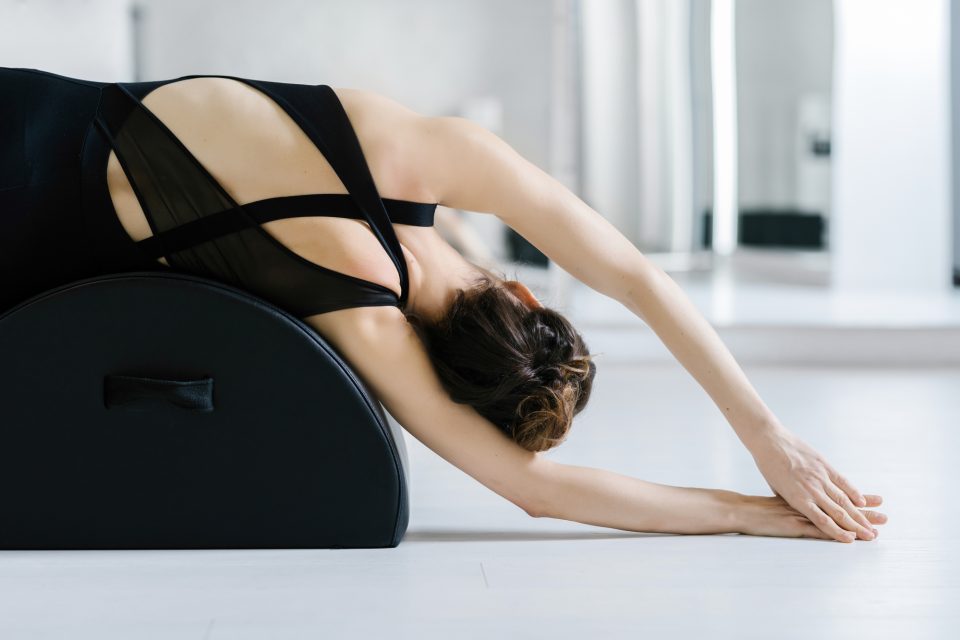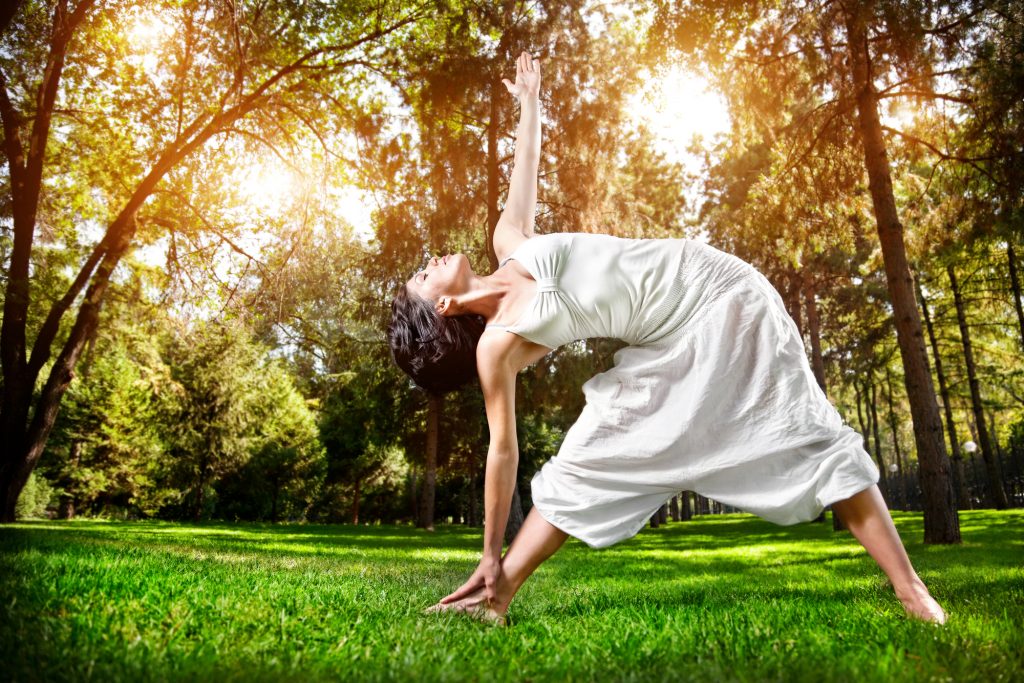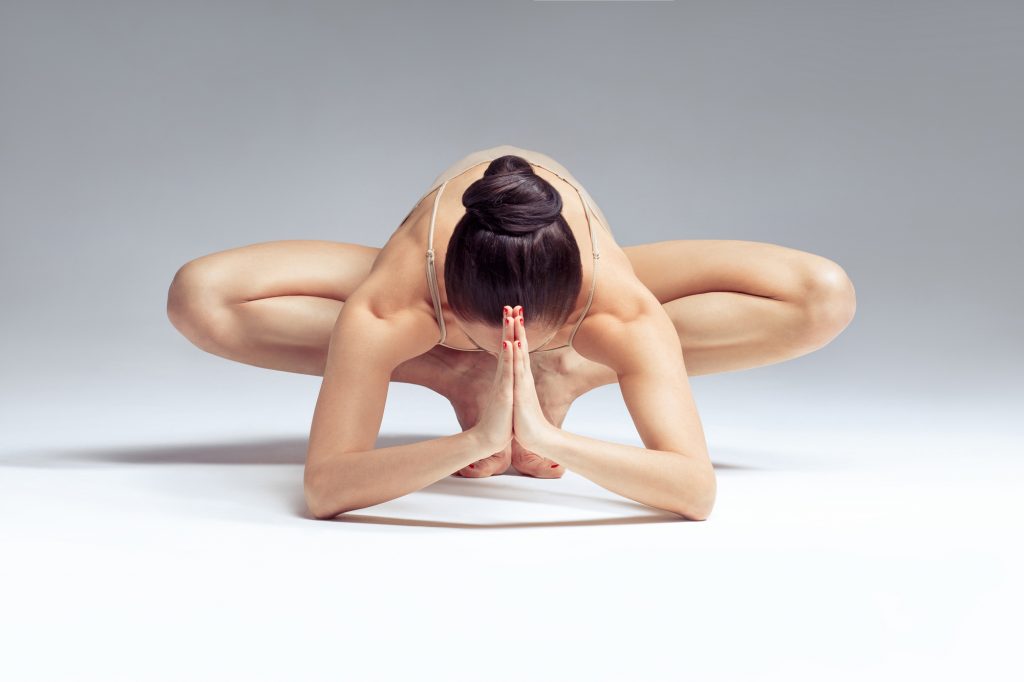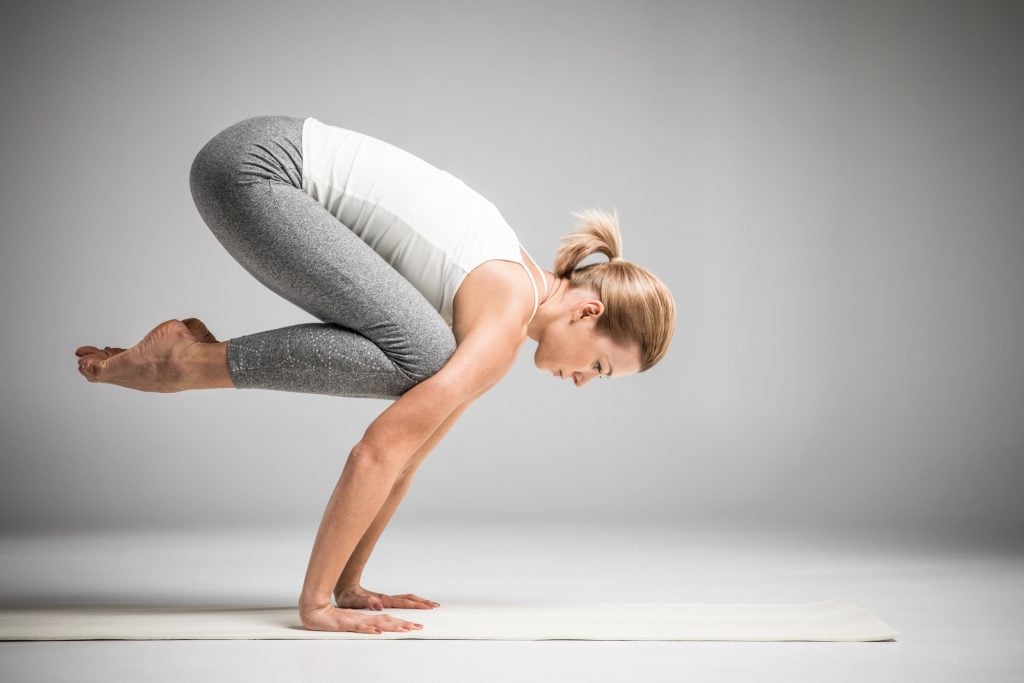Types of Yoga: cheat sheet

Types of Yoga, where to begin? As our understanding of yoga and its benefits grow, so too does its popularity. Not only is yoga becoming more mainstream, it is also becoming more varied, with different styles of yoga catering to different needs, beliefs and required results.
This article aims to give you a brief introduction into some of the most commonly practiced yoga styles and what distinguishes them from each other.
Types of Yoga: 4 you need to know
1. Hatha Yoga

There is no better place for us to start than with Hatha Yoga. Hatha is not a specific style of yoga but more a catchall term for the practice of physical yoga postures or asana. It is the foundation.
Although a complete practice in itself, Hatha provides the building blocks for all modern yoga styles. The word itself can be broken down into sun ‘ha’, and moon ‘tha’, which makes it the yoga of balance. Most popular western styles fall under this umbrella term.
2. Ashtanga Yoga

There is no way to sugar coat this, Ashtanga Yoga is no walk in the park.
It is a structured sequence of poses always done in the same order. In fact, it is a series of postures (five series’ in all) with progression to the next level only when you have mastered the previous one. Alignment is key and attaining perfection in posture is the desired outcome.
Specific breathing techniques paired with dynamic movements are designed to make you sweat. A lot. With the intent of detoxing and purifying your body. You won’t be able to focus on anything else and with that you will learn singular focus, which can help you attain a state of meditation and if you’re lucky, bliss.
3. Power Yoga

For those seeking the cardiovascular rush of Ashtanga Yoga, but perhaps with less structure and more variety, Power Yoga could be the right choice. Power Yoga gives more flexibility to the practitioner, as there is no prescribed posing sequence.
You can often find Power Yoga classes in most gyms as they combine vinyasa flow elements with strength work. Power Yoga can be done to music or in a heated room. There is little to no focus on meditation or mindfulness beyond that required to perform the asanas. It is a form of exercise rather than a spiritual path.
4. Anusara Yoga

Anusara Yoga was founded in 1997 and focuses much more on the combination of body, heart and mind in the quest for strength, good health and wellbeing. It is a more holistic interpretation of yoga and more closely related to its traditional Hindu roots.
Put simply, this practice looks to provide better control through the ‘universal principles of alignment’.
The focus is on learning to listen to your own body and to align in response to what the body can manage rather than trying to contort oneself into unattainable postures. There is no right or wrong way. This yoga method is said to build acute self-awareness. Meditation is a key component of class, as is intentionality.
In conclusion
The truth is, this cheat sheet is just the tip of the iceberg. While much of yoga focuses on the union of asana practice and mindfulness, no two are the same.
In essence, that’s the exciting bit… It’s up to you to find your perfect yoga style. So go on, get discovering!
You may also like:
- Yoga poses for beginners: the gateway to a regular practice
- Bhakti Yoga: a spiritual practice
- Iyengar Yoga: slow and steady wins the race
- Sivananda Yoga: what to know
- Yoga Nidra: the yoga hack
- Why choose Kripalu yoga over other styles?

